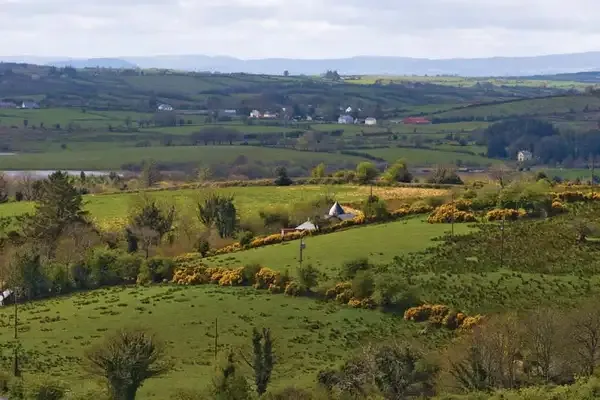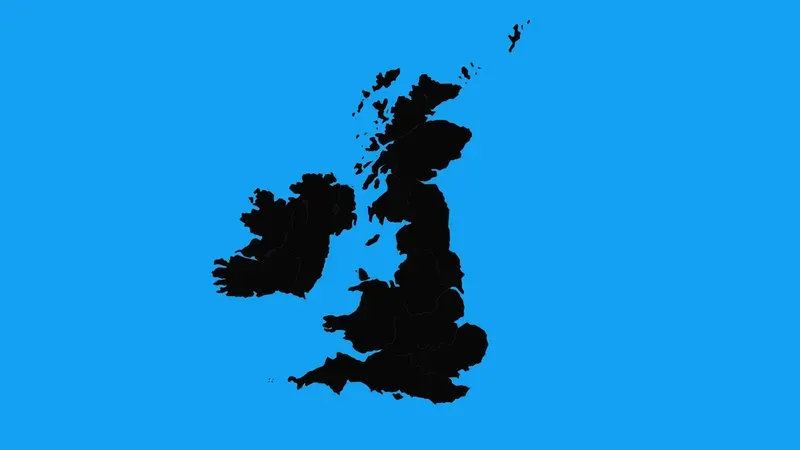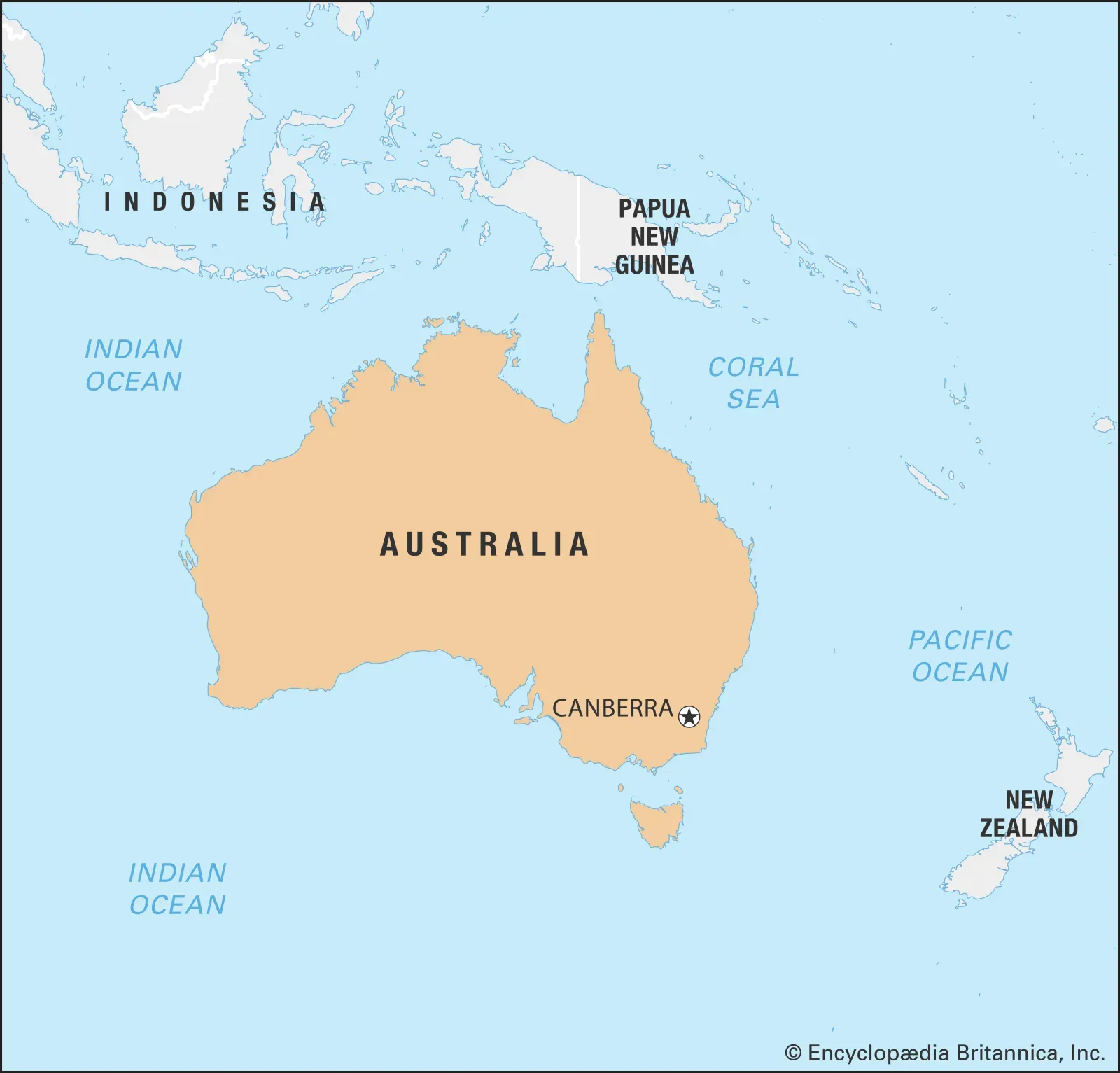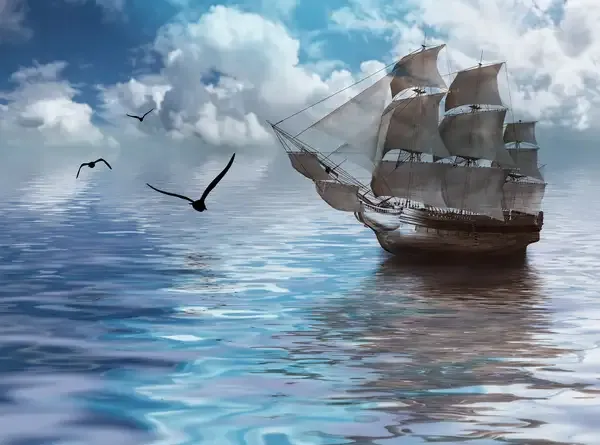Why Is Ireland Two Countries?
Ireland is divided into two countries due to historical, political, and religious factors. The split originated from centuries of British rule and conflicts between the predominantly Catholic Irish and the Protestant British government. In 1921, the Anglo-Irish Treaty led to the creation of the Irish Free State, now the Republic of Ireland, comprising 26 counties. The remaining six counties in the north, with a Protestant majority, became Northern Ireland, remaining part of the United Kingdom.

Understanding why ''Ireland'' is divided into two countries requires a deep dive into its complex history, culture, and politics. The island of Ireland is home to two distinct political entities: the Republic of Ireland, often simply referred to as ''Ireland'', and Northern Ireland, which is part of the ''United Kingdom''. This article will explore the historical events, cultural differences, and political developments that have led to the current division of Ireland.
Historical Background
The roots of the division can be traced back to the ''16th'' and ''17th centuries'' when England began its conquest of Ireland. The English crown imposed Protestantism in a predominantly Catholic country, leading to tensions that have lasted for centuries. The ''Plantation of Ulster'' in the early 17th century was a significant event that saw large numbers of Protestant settlers from England and Scotland move into the northern province of Ulster, creating a demographic and cultural divide.
The Partition of Ireland
The most significant event leading to the current division occurred in ''1921'' with the partition of Ireland. This decision was made to address the ongoing sectarian conflict between the predominantly Catholic nationalists, who sought independence, and the mainly Protestant unionists, who wanted to remain part of the UK. As a result, two entities were created: Northern Ireland and the Irish Free State, which would later become the Republic of Ireland.
Political Landscape
In the years following partition, both regions developed their own political systems. Northern Ireland was governed by a devolved government, which until the ''1970s'' was dominated by the unionist party. The ''Catholic minority'' in Northern Ireland faced discrimination and inequality, leading to civil rights movements in the late ''1960s'' that called for reform.
The Troubles
From the late ''1960s'' to the ''1998 Good Friday Agreement'', Northern Ireland was engulfed in a violent conflict known as ''The Troubles''. This period involved paramilitary groups on both sides, including the ''Irish Republican Army (IRA)'' and loyalist groups, resulting in thousands of deaths and injuries. The ''Good Friday Agreement'' was a major political development that helped to bring peace to the region, establishing a power-sharing government and addressing many of the underlying issues.
Cultural Differences
The cultural landscape of Ireland is just as divided as its political one. The ''Republic of Ireland'' is known for its vibrant ''Gaelic culture'', including language, music, and festivals. In contrast, Northern Ireland has a rich heritage influenced by both Irish and British cultures, leading to unique traditions and customs.
Modern-Day Implications
Today, the division between the two countries continues to impact their societies. While the Republic of Ireland has experienced significant economic growth and development, Northern Ireland has faced challenges related to its political stability and economic performance. ''Brexit'' has further complicated the relationship between the two regions, raising questions about the future of the ''Northern Ireland border'' and its implications for trade and movement.
Chart: Key Events in the History of Ireland's Division
| Year | Event |
|---|---|
| 1609 | Plantation of Ulster begins |
| 1921 | Partition of Ireland |
| 1960s | Civil Rights Movement in Northern Ireland |
| 1969-1998 | The Troubles |
| 1998 | Good Friday Agreement signed |
| 2016 | Brexit referendum |
Conclusion
The question of why ''Ireland'' is two countries is deeply rooted in history, politics, and culture. Understanding this division requires recognizing the complex interplay of historical events that led to the establishment of Northern Ireland and the Republic of Ireland. As both regions continue to evolve, the impact of their historical division remains significant, shaping their identities and futures.
In summary, the division of Ireland into two separate countries is not merely a geographical distinction but a reflection of centuries of conflict, cultural differences, and political developments. The ongoing dialogue about unity and reconciliation continues to be a crucial part of Ireland's narrative, making it a topic of interest for historians, politicians, and scholars alike.












